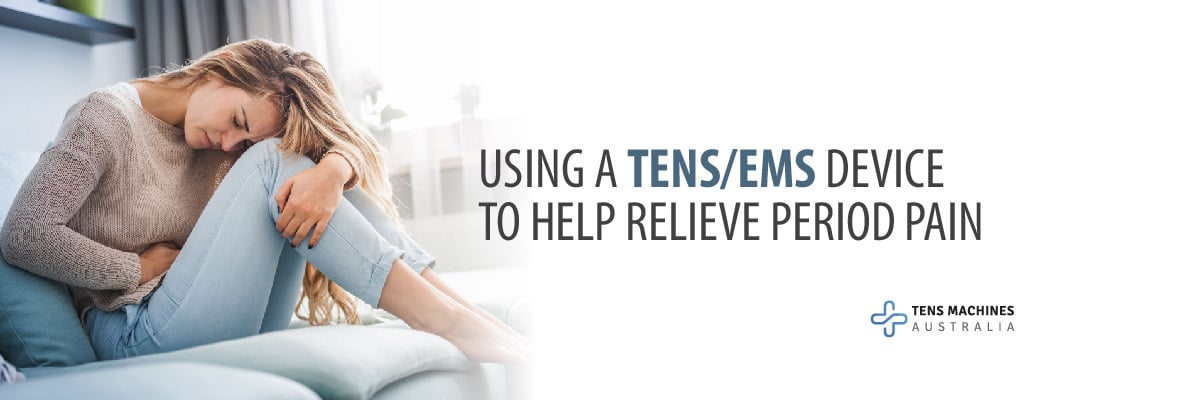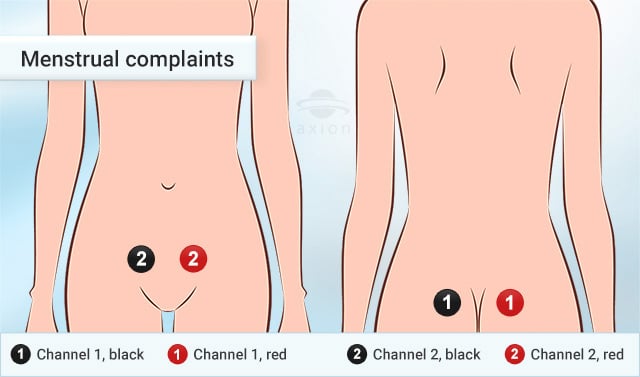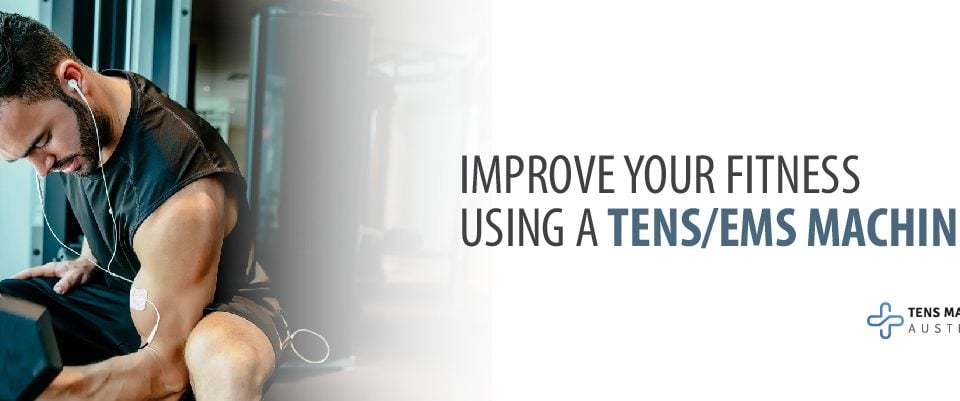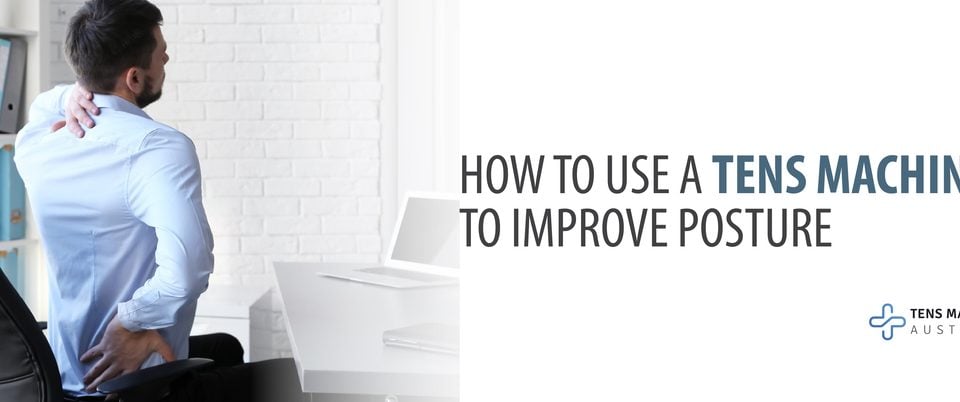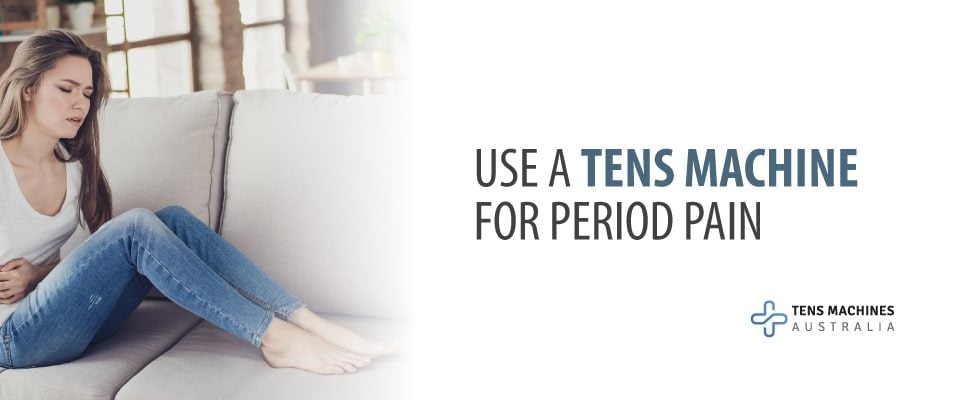
Treat Sciatic Pain using a TENS Machine
July 31, 2020
Relief Labour pain using TENS/EMS
October 31, 2020Menstrual pain is one of the most common disorders treated by gynaecologists, and affects more than half of women with periods, according to the American College of Obstetrics and Gynaecology1.
Period pain is usually felt as painful muscle cramps in the lower part of the stomach, which can spread to your back and thighs. Sometimes the pain comes in intense spasms, while at other times the pain may be dull but more constant.
Menstrual pain is also known as Dysmenorrhea or period pain. It is generally classified into two groups: primary and secondary.
Primary Dysmenorrhea is a common form of menstrual cramps. It is caused by a substance called prostaglandin – made by cells in the inner lining of the uterus.
Treatments have traditionally involved over-the-counter drugs such as aspirin, ibuprofen, etc. However, they have contraindications such as ulcers, asthma, pregnancy and allergic reactions.
Research suggests TENS may help treat debilitating menstrual pain, and the good news is that it’s a non-invasive and drug-free treatment option. How it works? Gel pads (connected to the TENS electrodes) are placed over the area of pain. TENS uses soothing pulses that are sent via the pads through the skin and along the nerve fibres. The pulses suppress menstrual pain signals to the brain.
TENS also encourages the body to produce higher levels of its own natural pain-killing chemicals – endorphins and encephalins.
TENS is ideal for the treatment of painful period pain and TENS machines are simple to use (though you always should read the warnings and contraindications) just follow these steps:
-
Start with the TENS/EMS Machine off
-
Clean any oil from the skin where the gel pads will go with a wipe
-
Attach the adhesive gel pads directly to your skin around the area that needs treatment
-
Turn on your TENS unit and select the appropriate program
-
Below you can see how pads should be positioned on your body. As you can see the lower part of your stomach and your lower back are good locations to place the pads in this case.
-
Programs usually last for around 40 minutes.
-
You can use TENS throughout the day for as long as needed
TENS machines also have EMS and massaging functions which also can alleviate the pain cramps and reduce the bloating sensation. There are many other benefits of using a TENS / EMS machine you can learn about, such as how to reduce back pain or to improve your physical performance. For more information about the different uses of TENS Machines click here.
Visit: https://www.tensmachinesaustralia.com.au/ for more information or call us on 1300 361222.
References.
1 https://www.acog.org/patient-resources/faqs/gynecologic-problems/dysmenorrhea-painful-periods

